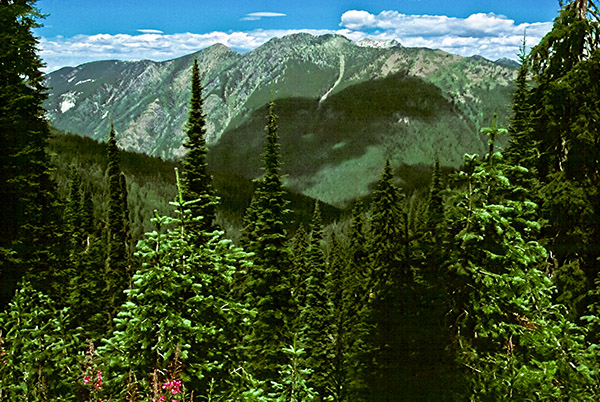looks like our nice cuddly wolves help the moose populations as well imagine these opportunities have expanded also
 View attachment 145533
View attachment 145533
Lets address this first...since I served for a number years on the WGBLC moose committee and there is a metric chit ton of science on what is causing moose declines.
For starters, if you look back clear to the late 1970's moose have been on the decline in Wyoming since then. So the trajectory of moose in Wyoming, both in population and tag numbers, has steadily declined and if you projected the above graph to include the mid 1970's to 1995 it would show the same downward trend.
Meaning, that longggg before wolf reintroduction moose were having problems. Talk to any moose biologist in Wyoming and they'll tell you that moose habitat has been on the rocks for a long, long time.
Its also been documented, studied and proven that carotid artery worn (Elaeophora schneideri) prevalence has no question caused decline in moose. Those declines caused by E. schneideri have been documented across similar latitudes not only in North American, but Europe as well, both in herds where wolves are present and where they are not. Most of the research that was approved by the WGBLC dealt specifically with habitat and the increase in E. schneideri prevalence.
Study after study showed that habitat, or lack-there-of, was the largest factor in declining moose populations in Wyoming, even in the areas of the State that had no wolves.
Here is the main research that the WGBLC moose committee funded:

www.uwyo.edu
I don't believe anyone is proving jack chit with a graph like the one posted by Ross, except that moose, are, and have been declining since the 1970's in Wyoming.
Declining populations are never a result of one factor, the same as increasing a populations doesn't happen when you only change one factor. Everything is additive.
In that same line of thought, nobody, with more than 2 firing brain cells to rub together, would suggest that adding wolves to the mix helped the moose population in Wyoming. Predators kill moose...bears, wolves, lions, etc. and the impact is additive. Its completely disingenuous to post a graph like that and say, "see the wolves ate all the moose"...just NOT true, at all.




